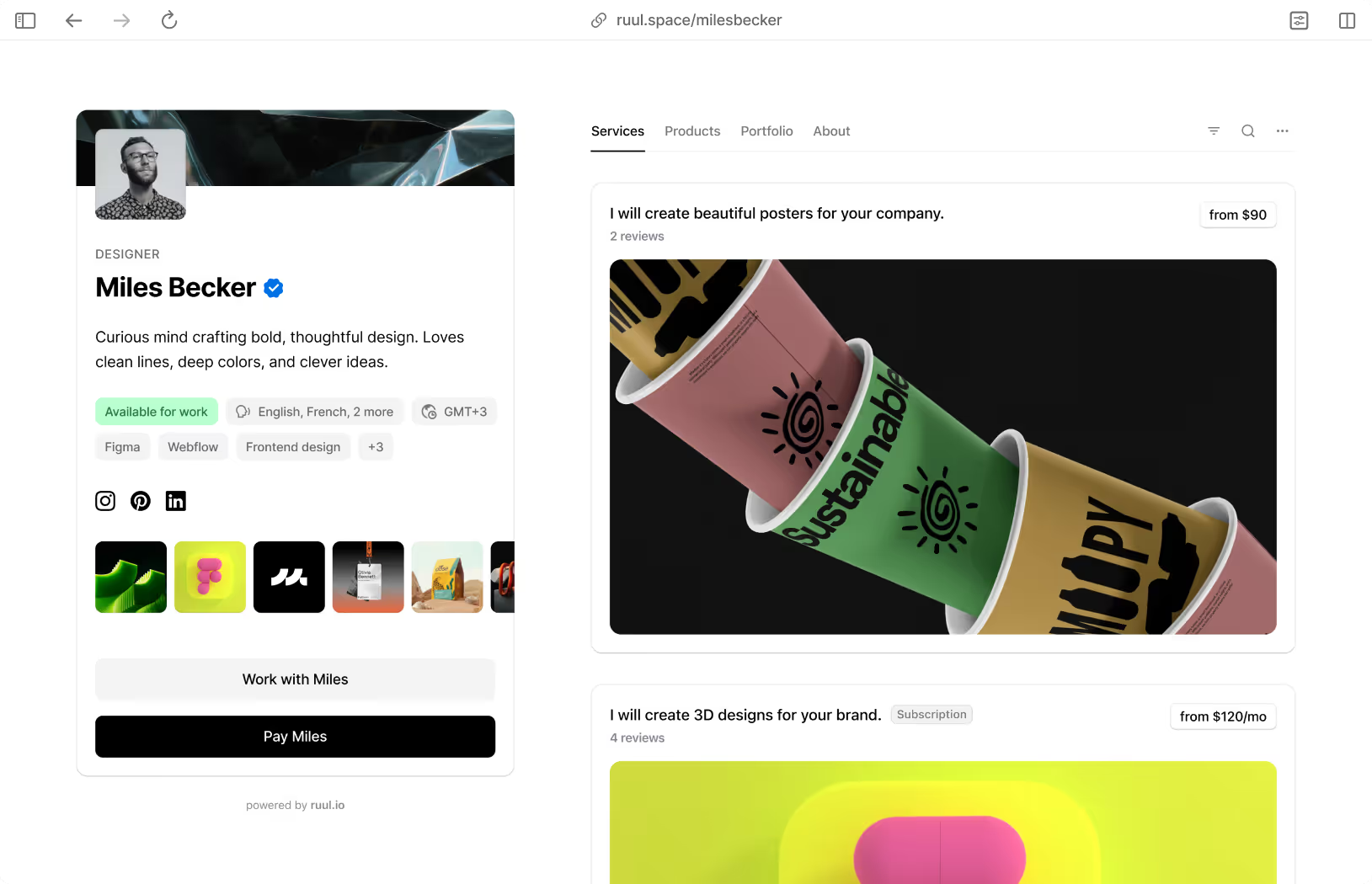As a freelance developer, finding the right price for your services can feel like navigating a complex labyrinth. Whether you’re specializing in web development or diving into more intricate software solutions, pricing is crucial. It not only influences your ability to attract clients but also determines the sustainability of your freelance business. This article delves into effective pricing strategies tailored for freelance developers, ensuring you remain competitive while achieving your financial goals.
Understanding Your Market
The Competitive Landscape
Freelance web development is an increasingly competitive field, with a spectrum of pricing models available. Working with blended teams allows for diverse perspectives and skill sets, enhancing collaboration and innovation on projects. To start, it’s vital to understand the market landscape. Investigating how much other freelancers in your niche charge can provide valuable insight. Websites like Upwork, Freelancer, or even local job boards can give you a good benchmark for typical rates.
Specialization Matters
Specialization can also impact pricing. Developers who specialize in specific technologies, like React, Python, or mobile app development, may be able to command higher fees due to their expertise. Conversely, generalists may find themselves in a more competitive pricing scenario, competing against a broader pool of talent.
Factors Influencing Pricing
The complexity of the project, your level of experience, and the location of both you and your clients all play significant roles in determining your rates and for clients to choose how to hire freelancers. For instance, a simple static website might be priced significantly lower than a complex web application with database integration and API development.
Pricing Models: Hourly Rate vs. Fixed Price
Hourly Rate
Charging by the hour is one of the most common models in freelance development. This approach offers flexibility, allowing you to adjust your rates based on project demands and the level of effort required. For instance, entry-level developers might charge anywhere from $25 to $50 per hour, while senior developers can command $100 to $200 per hour or more, depending on their expertise and market demand.
However, clients often prefer fixed pricing for larger projects because it provides them with a clear budget and reduces the perceived risk of overruns. Therefore, balancing hourly and fixed pricing models can be advantageous.
Fixed Price
Offering a fixed price for a project involves estimating the total cost based on your initial analysis of the scope and requirements. This method can be appealing to clients, as they know exactly what they’ll be paying upfront. To set a fixed price, you’ll need to break the project down into smaller tasks, estimating the time and resources required for each segment.
For example, a small website might start at around $1,000, with costs increasing based on features like custom design, e-commerce capabilities, or integration with third-party services.
Value-Based Pricing
Value-based pricing focuses on the value you bring to your clients rather than merely the time or resources you invest. For instance, if you’re building an e-commerce platform that can potentially increase a client’s revenue significantly, your fees can reflect that value.
To effectively employ this strategy, engage in discussions with your clients to understand their goals and the potential impact of your work. This approach requires a deep understanding of your client’s business and the confidence to price based on perceived value.
Leveraging Tools for Pricing
Ruul’s Pricing Generators
One of the challenges freelance developers face is determining the most appropriate pricing strategy. Ruul offers an innovative solution through its freelancer price generators. This tool allows freelancers to input their skills, experience level, and costs to find an optimal pricing structure.
Using a price generator helps avoid the pitfalls of over or underbidding, which can lead to burnout or missed opportunities. By aligning your rates with your skill set and the value you provide, you can set competitive prices that reflect your worth in the marketplace.
Project Complexity in Software Development
Pricing for Software Projects
When it comes to software development, the complexity of a project plays a significant role in pricing. More complicated projects that involve custom APIs, databases, or intricate integrations typically demand higher rates.
For instance, if you’re specializing in high-demand areas like artificial intelligence, blockchain technology, or cybersecurity, you may have more leverage to charge a premium. Additionally, consider offering ongoing maintenance or retainer services. These services not only provide a steady income but also ensure your clients receive continued support and updates.
Breaking Down Projects
To accurately determine your rates for software development, break the project down into smaller tasks. Estimate the time you expect to spend on each task, factoring in potential collaboration time, especially if you’re working with blended teams. Communication and coordination can significantly impact project timelines, so it’s essential to account for this when pricing your services.
Payment and Invoicing
Establishing Clear Terms
Creating freelance invoice is pretty simple with Ruul. Ruul offers you to handle your invoices in global standards in 190 countries.
Once you’ve set your prices, it’s crucial to establish clear payment terms with your clients from the outset. Whether you choose to bill at milestones, on a monthly basis, or upon project completion, clarity is key. Many freelancers find that collecting payments upfront or at certain project milestones reduces the risk of late payments.
Streamlining Payment Processes
Using platforms like Ruul can significantly streamline the payment and invoicing process. Ruul offers tools to create freelance invoices and manage payments efficiently, ensuring you get paid quickly and securely. Having a reliable invoicing system allows you to focus on your work rather than worrying about payment logistics.
Conclusion
Determining how to price your software solutions as a freelance developer involves careful consideration of various factors, from market research and project complexity to the value you provide and the right pricing model. By leveraging tools like Ruul’s pricing generators and establishing clear payment terms, you can create a sustainable and profitable freelance business. As you refine your pricing strategy, you’ll find that it not only attracts clients but also reflects your true worth in the ever-evolving landscape of freelance development.




.avif)





